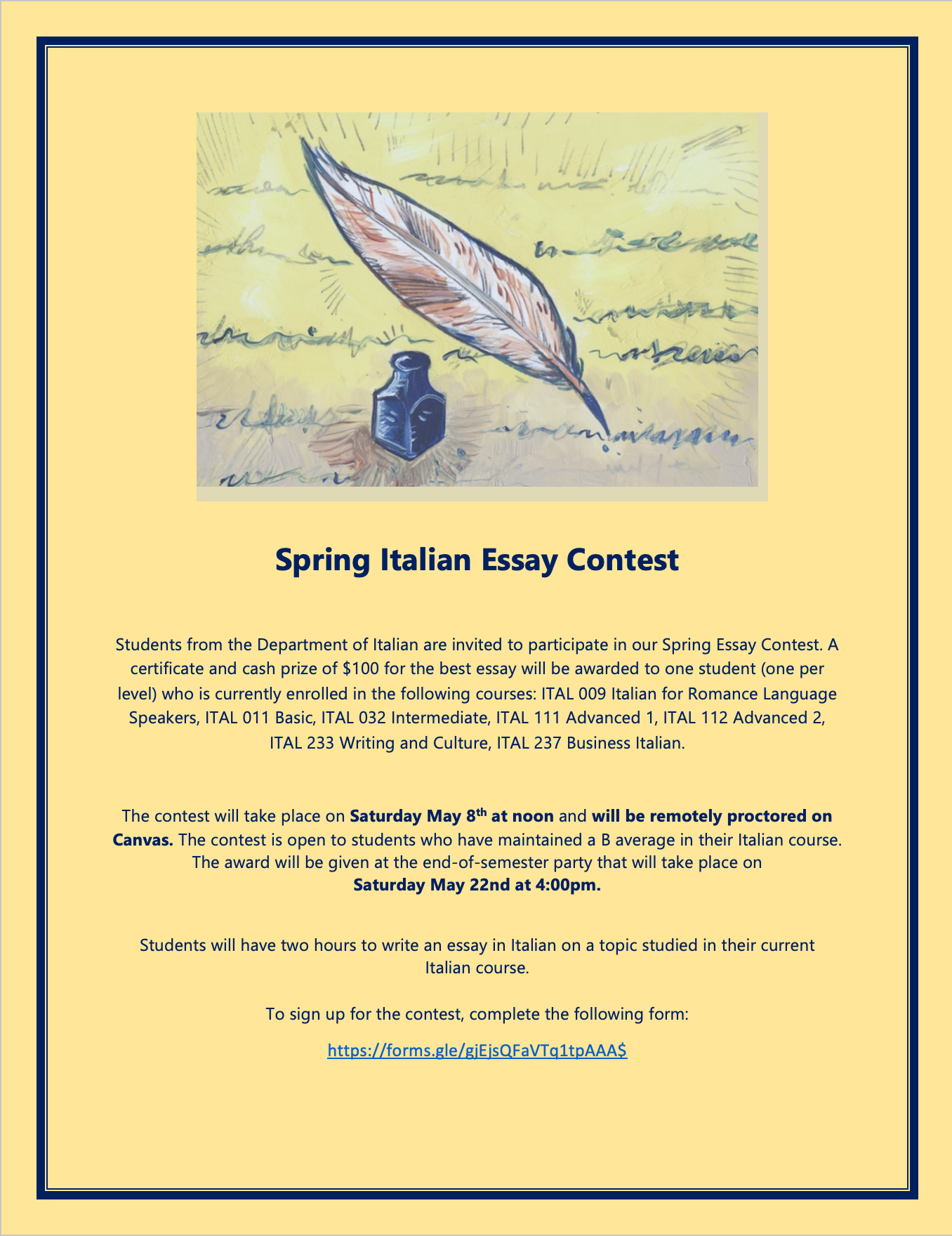
Whether such feedback has this effect to a significant degree remains an open question (Fanselow, 1977 Long, 1977). Error correction it is maintained, helps the learner come to the correct mental representation of the linguistic generalization. Conscious language learning, on the other hand, is thought to be helped a great deal by error correction and the presentation of explicit rules (Krashen and Seliger, 1975). Acquirers need not have a conscious awareness of the "rules" they possess, and may selfcorrect only on the basis of a "feel" for grammaticality. Similarities across acquirers as to which structures tend to be acquired early and which tend to be acquired late (Brown, 1973 Dulay and Burt, 1975). It has been hypothesized that there is a fairly stable order of acquisition of structures in language acquisition, that is, one can see clear 1 Error correction and explicit teaching of rules are not relevant to language acquisition (Brown and Hanlon, 1970 Brown, Cazden, and Bellugi, 1973), but caretakers and native speakers can modify their utterances addressed to acquirers to help them understand, and these modifications are thought to help the acquisition process (Snow and Ferguson, 1977). It requires meaningful interaction in the target language-natural communication-in which speakers are concerned not with the form of their utterances but with the messages they are conveying and understanding. Acquisition and Learning and the Monitor Model for Performance Language acquisition is very similar to the process children use in acquiring first and second languages. Following this, brief summaries of research results in various areas of second language acquisition serve as both an overview of Monitor Theory research over the last few years and as introduction to the essays that follow. We define acquisition and learning, and present the Monitor Model for adult second language performance. The introduction is devoted to a brief statement of the theory and its implications for different aspects of second language acquisitions theory and practice. Monitor Theory hypothesizes that adults have two independent systems for developing ability in second languages, subconscious language acquisition and conscious language learning, and that these systems are interrelated in a definite way: subconscious acquisition appears to be far more important. Introduction This book is concerned with what has been called the "Monitor Theory" of adult second language acquisition. The Theoretical and Practical Relevance of Simple Codes in Second Language Acquisition Relating Theory and Practice in Adult Second Language Acquisitionĩ. On Routines and Patterns in Language Acquisition and PerformanceĨ. The Neurological Correlates of Language Acquisition: Current Researchħ.

The Role of the First Language in Second Language AcquisitionĦ. The Domain of the Conscious Grammar: The Morpheme Studiesĥ. Formal and Informal Linguistic Environments in Language Acquisition and Language LearningĤ.

Attitude and Aptitude in Second Language Acquisition and Learningģ.

Individual Variation in the Use of the MonitorĢ. Krashen and Judy Winn-Bell Olsen for their special contributions. Pit Corder all recognized the reality of language "acquisition" in the adult long before I did. I also would like to express my thanks to those scholars whose work has stimulated my own thinking in the early stages of the research reported on here: John Upshur, Leonard Newmark, and S. Among the many scholars and friends I am indebted to are Marina Burt, Earl Stevick, Heidi Dulay, Robin Scarcella, Rosario Gingras, Nathalie Bailey, Carolyn Madden, Georgette Ioup, Linda Galloway, Herbert Seliger, Noel Houck, Judith Robertson, Steven Sternfeld, Batyia Elbaum, Adrian Palmer, John Oller, John Lamendella, Evelyn Hatch, John Schumann, Eugene Brière, Diane Larsen-Freeman, Larry Hyman, Tina Bennet, Ann Fathman, Janet Kayfetz, Ann Peters, Kenji Hakuta, Elinor Ochs, Elaine Andersen, Peter Shaw, and Larry Selinker. I have had a great deal of help and feedback from many people in writing this book. Print Edition ISBN 0-08-025338-5 First internet edition December 2002 iĪcknowledgments I would like to thank the following journals and organizations for granting permission to reprint material: Newbury House, the Center for Applied Linguistics, Language Learning, TESOL, the SPEAQ Journal, Academic Press. First printed edition 1981 by Pergamon Press Inc. This publication may be downloaded and copied without charge for all reasonable, non-commercial educational purposes, provided no alterations in the text are made. Second Language Learning Stephen D Krashen University of Southern CaliforniaĬopyright © 1981 Stephen Krashen All Rights Reserved.


 0 kommentar(er)
0 kommentar(er)
